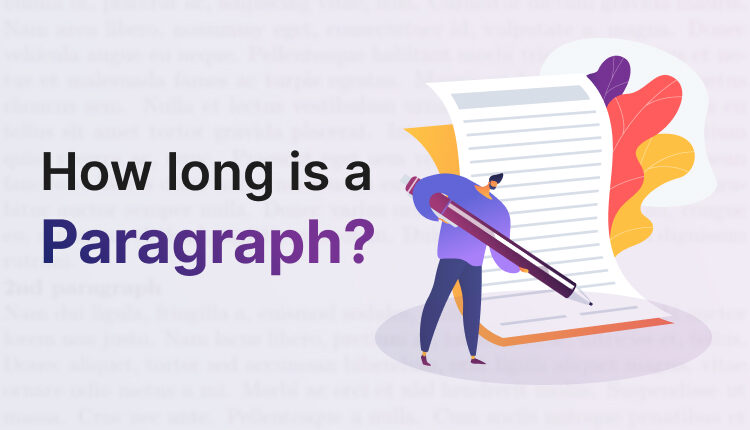Do you ever find yourself staring at a wall of text and your eyes just glazing over? You’re not alone. Paragraph length plays a significant role in how people consume information online, so the answer to this question certainly isn’t as straightforward as you might expect. It’s an art that balances clarity with engagement.
A good number of the readers enjoy differences and flow too. Little paragraphs gives a lot of momentum, while the bigger paragraphs may have a better chance to include more details but will surely lose audience’s attention. Let’s roll into some of the finer points of paragraph length and what keeps them coming back!
Why your paragraphs should never be too long
Paragraphs that are longer are scary. A chunk of text is scary and a reader will scan quickly, or leave the content altogether. If the information is difficult to digest, then engagement suffers.
Short paragraphs give space for readers. They make reading easier and enjoyable by conveying the needed information very quickly. Therefore, every paragraph should have a purpose without necessarily going on and on to let the ideas come out clearly and effectively.
Understanding the Paragraph Length
Paragraph length is not one-size-fits-all. In fact, paragraph length varies from one kind of writing to another, depending on the audience or target and the purpose. Sometimes academic essays warrant long paragraphs that develop very complex ideas, while other types of writing, like online content, do best in short bursts.
Short paragraphs make information more scan able and readable for all readers who scan text. They encourage clarity and keep the reader’s interest alive. Knowing when to expand or contract your paragraphs can make all the difference in your message while respecting varied reading habits.
Factors That Determine Paragraph Length
The content to be written is the first and foremost factor that determines paragraph length. When academic work must be created, paragraphs tend to be longer. When it concerns web content, paragraphs need to be shorter.
More so, audience expectations also come in. Internet skimmers prefer short, well-structured bites they can easily devour. The writer’s style is also essential in the flow of ideas. It is what makes paragraphs come out of different lengths since it is on individual preference and voice. Blending all this together will elevate your entire clarity and engagement in the writing process.
Length of an Ideal Paragraph
Generally speaking, the best paragraph length falls between 3 to 5 lines. This way, you are able to convey and maintain clear coherence so that the reader is able to get hold of your message more easily.
Short paragraphs keep a piece readable, especially online, as few will sit around all day reading. Look for the shorter expressions while maintaining depth in your writing. So how do you do that? That’s how you really keep your piece readable without burdening it too much with dense blocks of text.
Keeps the Reader Engaged
Engage the reader; this is the only way to keep one interested. The short paragraphs create a clear layout, which makes information more accessible. In fact, the variability of sentences’ length and structure will also make it easier to read.
Use questions or actual real-life scenarios to keep them engaged. It is easier for the reader to hold onto their interest when they can relate to the material presented before them. By using bullet points or a list, it breaks the text up and presents key takeaways in a fairly uncluttered format which does not overwhelm them with large chunks of writing. This method makes the reading experience lively and keeps them coming back for more.
Bridging Paragraph Length
Balancing a paragraph is one of the most important parts of good writing. You don’t want to engage your readers with every word and make your ideas so unclear that they cannot follow your writing. It’s so easy to write in little sentences that it feels choppy, or in long, drawn-out sentences that overwhelm.
Another way to keep interest is through the mixture of paragraph length. For example, when you want to show a strong point, you can write a short paragraph. Then, make a longer one in order still to develop the idea further. This technique really works in setting up dynamics for the text so that it would not bore readers too much information or too little but still carrying depth or meaning.

